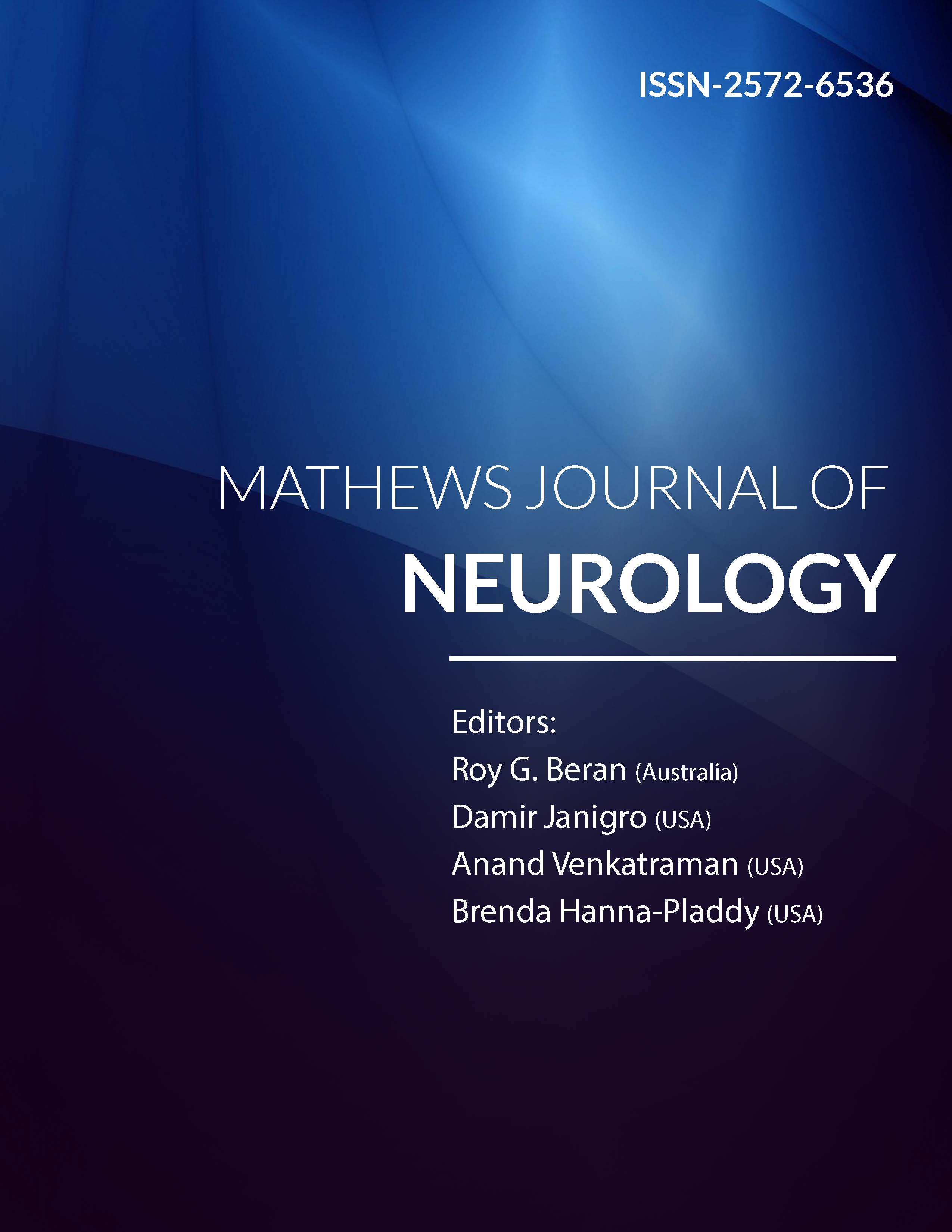
Information Links
Previous Issues Volume 1, Issue 1 - 2016
Perspectives in the Therapeutic Treatment of Migraine
Bruno A. Marichal-Cancino1, Carlos M. Villalon1
1Department of Pharmacobiology, Cinvestav Coapa, Czda. Tenorios 235, Col. Granjas-Coapa, Deleg. Tlalpan, 14330 Mexico DF, Mexico.
Corresponding Author: Bruno A. Marichal-Cancino, Department of Pharmacobiology, Cinvestav Coapa, Czda. Tenorios 235, Col. Granjas-Coapa, Deleg. Tlalpan, 14330 Mexico DF, Mexico,
Tel: 52-55-5483 2854; E-Mail: br.marichal@gmail.com
Received Date: 28 Jan 2016
Accepted Date: 18 Feb 2016
Published Date: 26 Feb 2016
Copyright © 2016 Marichal-Cancino BA
Citation: Marichal-Cancino BA and Villalon CM. (2016). Perspectives in the Therapeutic Treatment of Migraine. Mathews J Neurol. 1(1): 001.
ABSTRACT
Migraine is a disabling disease which affects around 10% of the global population. It is characterized by a strong unilateral and pulsatile headache which is sometimes accompanied by nausea, vomiting, photophobia, phonophobia and other neurological symptoms. During migraine, alterations in the metabolism of serotonin (5-hydroxytryptamine; 5-HT) and in the dynamics of calcitonin gene-related peptide (CGRP) result in vasodilatation of meningeal blood vessels and in facilitation of trigeminal pain integration. The above conditions play a role in the painful phase of migraine. Regarding therapeutic alternatives, classical antimigraine drugs, such as the ergots (e.g. ergotamine and dihydroergotamine), produce cranial vasoconstriction, inhibit trigeminal vasodilatation and inhibit trigeminal pain integration, but some undesirable hypertensive mechanisms induced by systemic vasoconstriction are favoured. These problems led to the development of more selective antimigraine agents like the triptans (serotonin 5 HT1B/1D/1F receptor agonists), which represent the current mainstay of acute antimigraine treatment. However, the triptans: (i) may produce vasoconstriction of coronary blood vessels; (ii) are effective in less than 50% of migraine patients; (iii) are clearly contraindicated in patients with cerebro- and cardiovascular disease; and (iv) do not seem to be useful as prophylactic agents.
Hence, more recent antimigraine alternatives include the development of CGRP receptor antagonists (e.g. olcegepant, telcagepant) and human monoclonal antibodies towards CGRP and the CGRP receptor. These antibodies are currently in clinical trials for the treatment of both episodic and chronic migraine with promising results. In short, the inhibition of the CGRPergic system (devoid of triptans-related vasoconstriction) is therapeutically similar to the antimigraine efficacy of the triptans, but hypothetically with fewer side effects. However, chronic blockade of CGRP receptors may represent a potential cardiovascular risk. Meanwhile, the triptans are currently considered the best therapeutic option to abort migraine attacks. The lack of a preventive drug is a persistent necessity for migraine therapeutics.